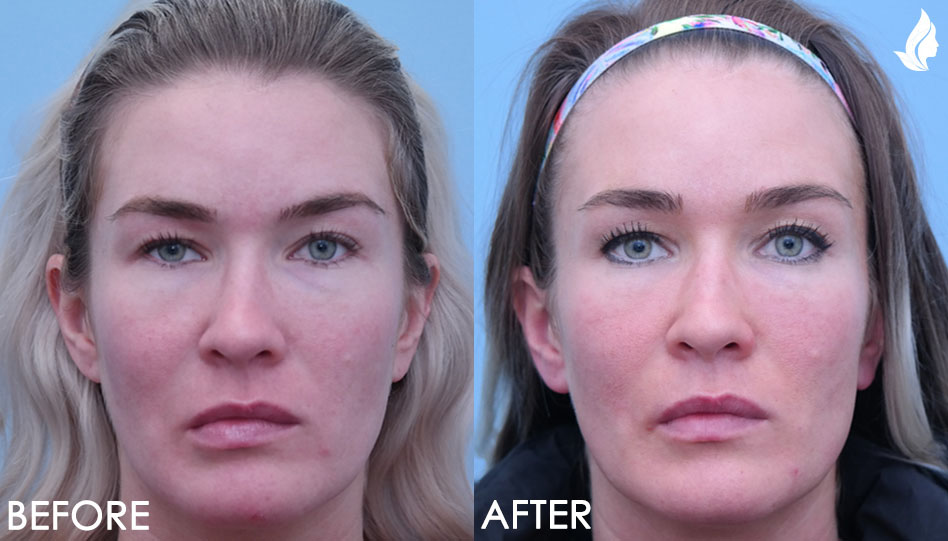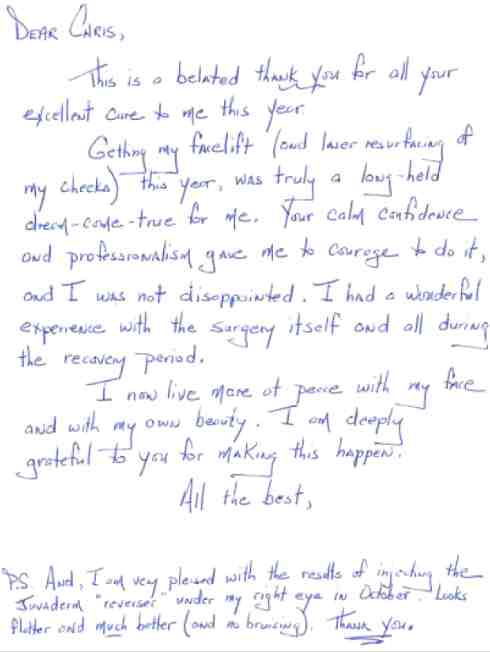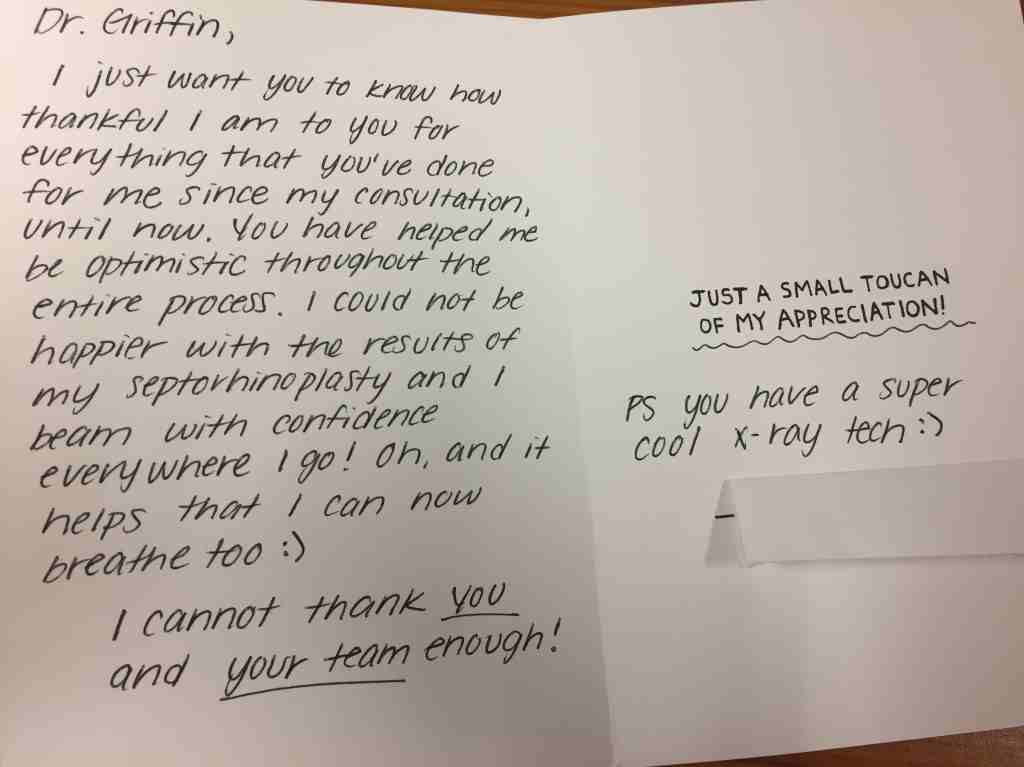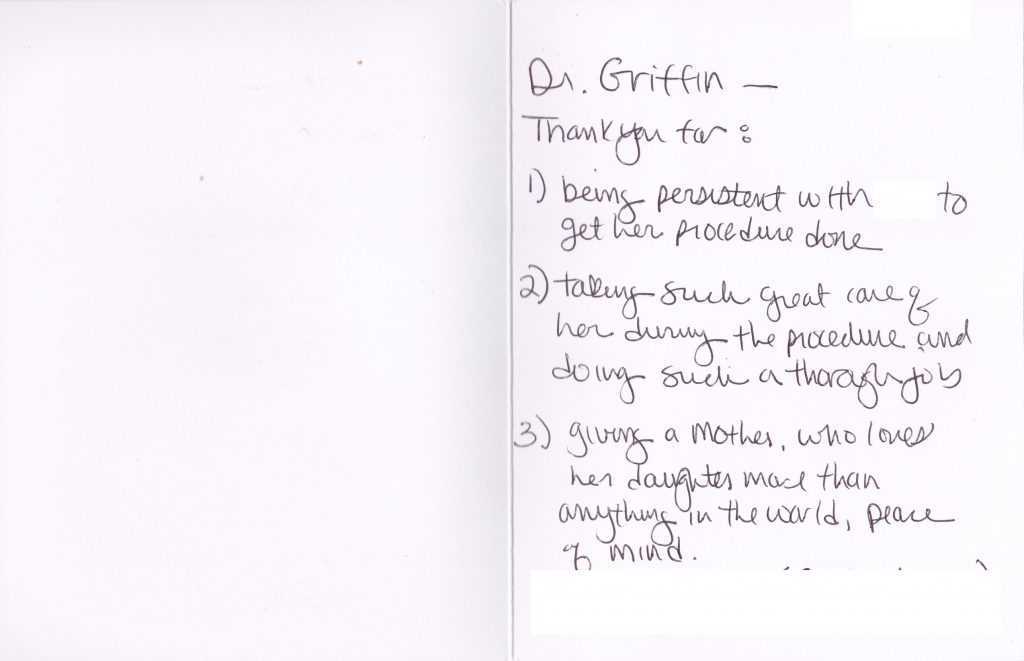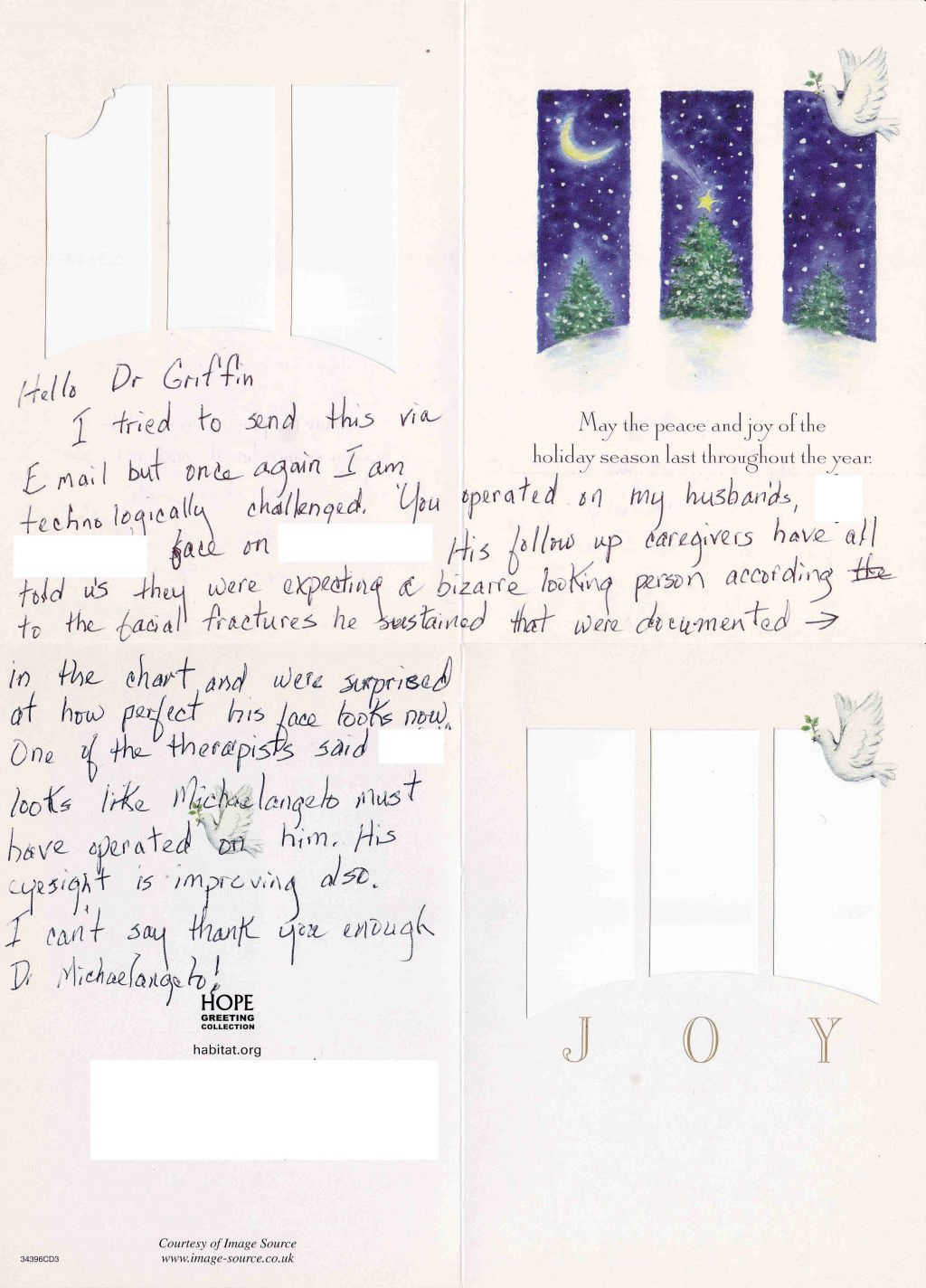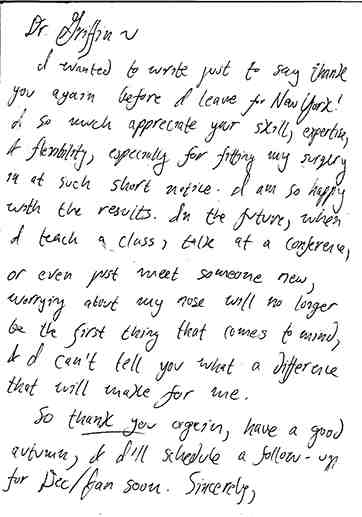Bell’s Palsy
Work with one of the country’s leading ENT / Facial Plastic Surgeons to effectively diagnose and treat Bell’s Palsy and restore facial balance.
Sudden facial weakness or paralysis is a concerning experience that requires immediate and specialized medical attention.
At Midwest Facial Plastic Surgery, our team provides expert evaluation and treatment for Bell’s palsy in Minneapolis-St. Paul. We focus on accurate diagnosis and creating a personalized care plan to support recovery.
At Midwest Facial Plastic Surgery, our team provides expert evaluation and treatment for Bell’s palsy in Minneapolis-St. Paul. We focus on accurate diagnosis and creating a personalized care plan to support recovery.
What is Bell’s Palsy?
Bell’s Palsy is a form of facial paralysis resulting from a dysfunction of the cranial nerve VII (the facial nerve). It causes an inability to control facial muscles on the affected side. Named after Scottish anatomist Charles Bell, who first described it, Bell’s palsy is the most common cause of acute facial nerve paralysis.
Several conditions can cause facial paralysis, such as a brain tumor, stroke, and Lyme disease. However, if no specific cause can be identified, the condition is known as Bell’s palsy.
Indications
- Sudden onset facial paralysis
- Frozen smile or over-expressiveness
- Excessive or disjunct blinking
- Chronic tearing of eyes
Benefits
- Restore balance and symmetry to the facial features
- Improve self-esteem
First Priorities (Acute Phase)
If you experience sudden facial drooping or weakness, seeking a prompt medical evaluation is the priority. This is essential to confirm that the cause is Bell’s palsy and not a more serious medical emergency like a stroke.
Once diagnosed, the immediate goals of acute-phase care involve managing the condition, often with steroids to reduce nerve inflammation. A critical part of early management is protecting the eye on the affected side, as an inability to blink or close the eye fully can lead to dryness and potential injury.
Your Visit: Diagnosis & Personalized Plan
Your visit to our clinic involves a comprehensive evaluation with a facial nerve specialist in Minnesota. We will perform a thorough physical examination to assess the degree of nerve dysfunction. In some cases, imaging or laboratory tests may be ordered to rule out other possible causes of your symptoms. This detailed diagnostic process allows us to create a personalized treatment plan based on your specific needs and the phase of your condition.
Rehabilitation & Non-Surgical Care
For patients who do not make a full recovery, the most common long-term effects are synkinesis and persistent muscle tightness. We offer advanced non-surgical care to manage these symptoms and improve facial balance.
What is Synkinesis?
Synkinesis refers to unintended or uncoordinated facial movements that can occur after facial nerve recovery. Because the nerve fibers may not heal perfectly, signals can be misdirected.
People with synkinesis are usually bothered by three things:
- Unintended facial movement: the most common example is eye closing during a smile.
- Facial tightness: The muscles of the cheek, particularly, can be in a constant state of partial activity, which creates tightness and chronic facial discomfort. Sometimes, this facial tightness prevents a person from smiling on one side, known as a “frozen smile.”
- Facial asymmetry: the symmetry of the face can change, even at rest.
Non-Surgical Treatments for Synkinesis
Our primary treatments for synkinesis in MN aim to relax overactive muscles and retrain facial coordination. The two main treatments for synkinesis are physical therapy and botulinum toxin injections. Physical therapy teaches patients techniques to help relax the face and gain better control over facial movements. Botulinum toxin injections weaken muscles that are too tight. Botox and Dysport are brands of botulinum toxin type A.
You can use Botox injections to partially weaken the muscle that closes the eye so that it doesn’t close so tightly during smiling. Botox can also weaken the muscles that pull down on the lip, releasing a “frozen smile” and allowing patients to create a more symmetrical and pleasing smile. Temporarily injectable fillers like Juvederm®, Voluma®, and Vollure® can create better facial symmetry for patients who develop significant facial asymmetry at rest.
Surgical Options for Persistent Weakness
In cases of significant or persistent facial paralysis that do not resolve, surgical options may be considered. These procedures are designed to restore facial symmetry, improve function, and enhance facial expression. Our team can discuss if facial reanimation surgery in Minnesota is an appropriate option for you.
Expert Facial Nerve Care at Midwest Facial Plastic Surgery
Choosing the right provider for facial paralysis treatment in MN is essential. The plastic surgery specialists at Midwest Facial Plastic Surgery possess unique dual-specialty training in both Otolaryngology (Head and Neck Surgery) and Facial Plastic and Reconstructive Surgery.
Dr. Garrett Griffin is one of the country’s leading experts on Bell’s Palsy. He has advanced training in this condition and other conditions involving facial paralysis and has written a medical textbook chapter on it. Dr. Griffin offers some of the most innovative therapies and treatment options for Bell’s Palsy in the country, including cosmetic injectables like Botox and dermal fillers to restore balance to uneven facial features.
Patient Stories & Results
We are dedicated to helping patients regain their confidence and regain their function. We invite you to view our patient gallery to see the results our team has achieved for patients with Bell’s palsy and other forms of facial paralysis.
Frequently Asked Questions
What is the difference between Bell's palsy and a stroke?
While both can cause facial drooping, they are different. A stroke is a medical emergency caused by a lack of blood flow to the brain. Bell's palsy is a condition involving inflammation of the facial nerve. A provider can typically distinguish them based on the pattern of weakness; for example, stroke patients can often still move their foreheads, while Bell's palsy patients usually cannot.
How long does it take for Bell's palsy to go away?
Recovery time varies for every patient. Many individuals begin to see improvement within a few weeks, with a significant recovery over several months. A small percentage of patients may experience persistent weakness or synkinesis.
When is it too late to treat Bell's palsy?
Acute medical treatment with steroids is most effective within the first 72 hours of symptom onset. However, treatments for long-term complications, such as synkinesis or persistent weakness, can be started at any time, even months or years later. Non-surgical options like Botox and surgical procedures remain effective for managing chronic symptoms.
What happens if Bell's palsy is left untreated?
While about 85% of patients recover well, leaving Bell's palsy unevaluated is a risk. Without a proper diagnosis, you may be overlooking a more serious condition, like a stroke. Furthermore, without acute care like steroids to reduce nerve inflammation, the risk of incomplete recovery or developing long-term synkinesis may increase.
Learn More with a Consultation
Dealing with Bell’s palsy can be an unsettling experience, and a prompt evaluation is key. To schedule your consultation with a Bell’s palsy specialist in Minneapolis, please contact Midwest Facial Plastic Surgery today. We serve the greater St. Paul and Washington County area from our four office locations in Eagan, Lakeville, Woodbury, and Vadnais Heights.
Related Procedures
Before + After Results
View before and after photos of surgeries performed by facial plastic surgeons Dr. Christopher Tolan, Dr. Garrett Griffin, Dr. Zachary Farhood, Dr. Sebastian Sciegienka, and Dr. Anna Bakeman in Minneapolis, MN.

